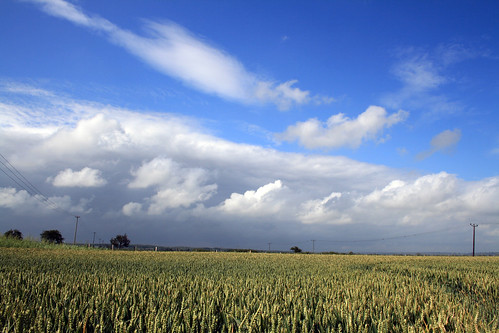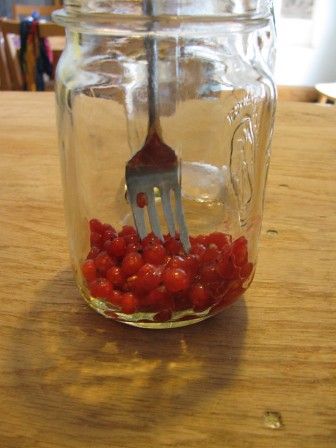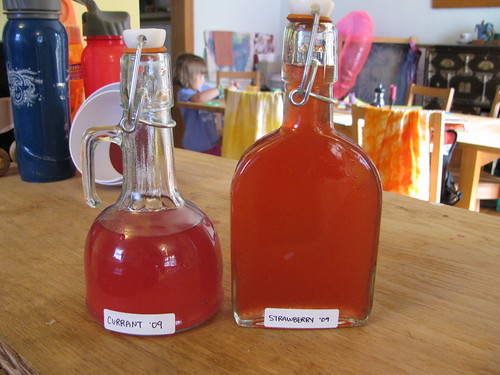Way back in the fall, we started the bulb vegetable journey by planting some garlic cloves. Because they were already growing in our onion bin, there was really no downside to planting them to see if they would grow. Alex thought shallots would be fun too so he bought some starts and planted those alongside some onion sets in a raised bed.

I never expected how pleasant and easy they would be to grow. Requiring little water and minimal weeding (we mulched with straw in early spring), onions, garlic, and shallots were a piece of cake. The hardest part was waiting for harvest time!
In mid June we chopped off the garlic scapes and ate those in a few stir fry dishes. They were tasty and such a beautiful vegetable to behold. Lil called them her magic wands.

Finally last week the rest of the leaves began to turn brown and fall over. That's the sign we were waiting for!
In about an hour Sunday afternoon Alex pulled up all the bulbs. He knocked off the dirt and chopped the tops. He sorted them, put them in a set of baskets and they are currently aging in the basement. I took pictures. ;)

We have already used some of the garlic. At this young age, the garlic is creamy and mild flavored. I predict we will use it all by November at the latest.

What we learned is we could easily have fit twice the shallots and garlic into the bed. In the fall when we plant again we will leave only about 4 inches between the garlic and shallots.

























